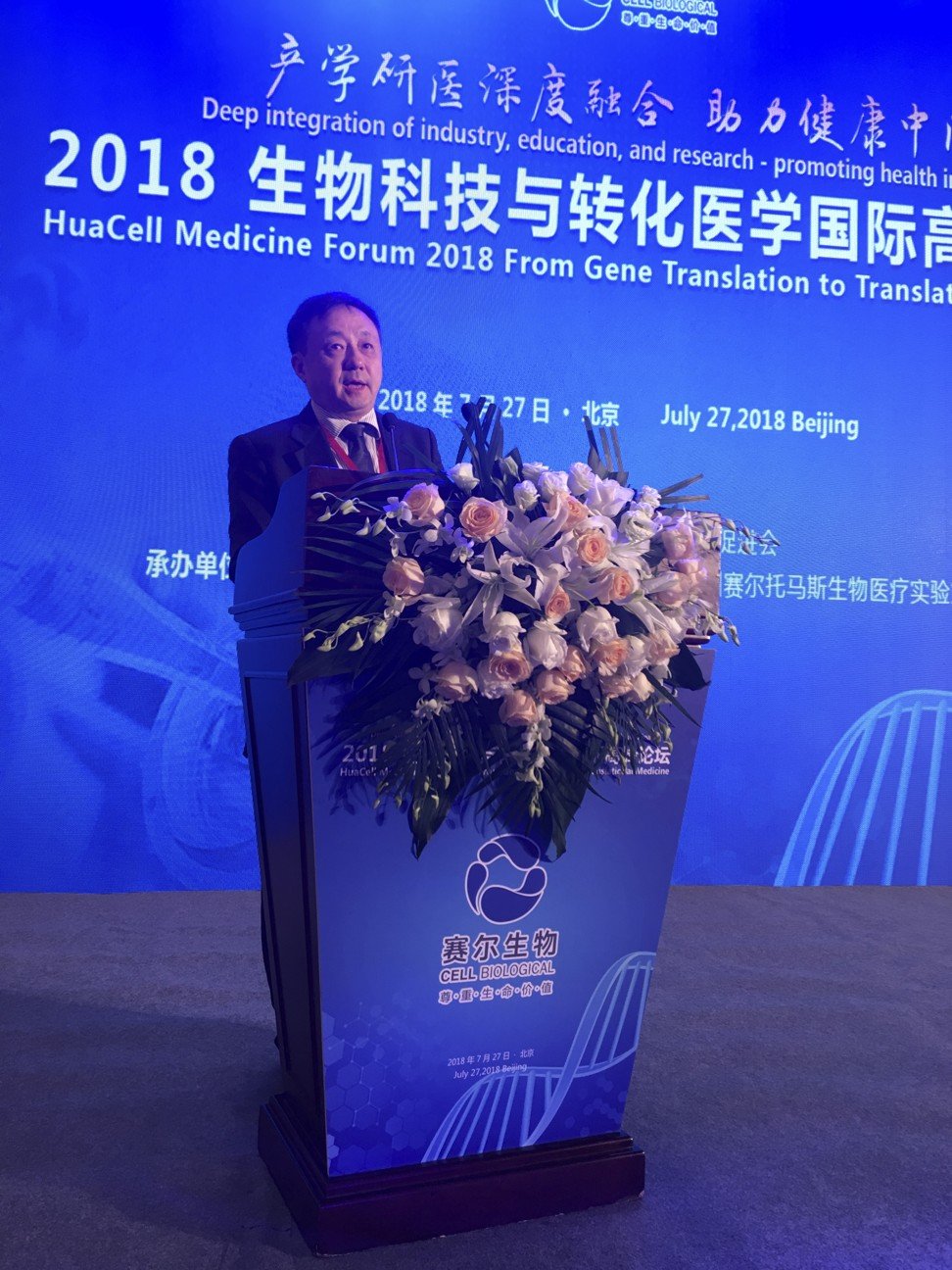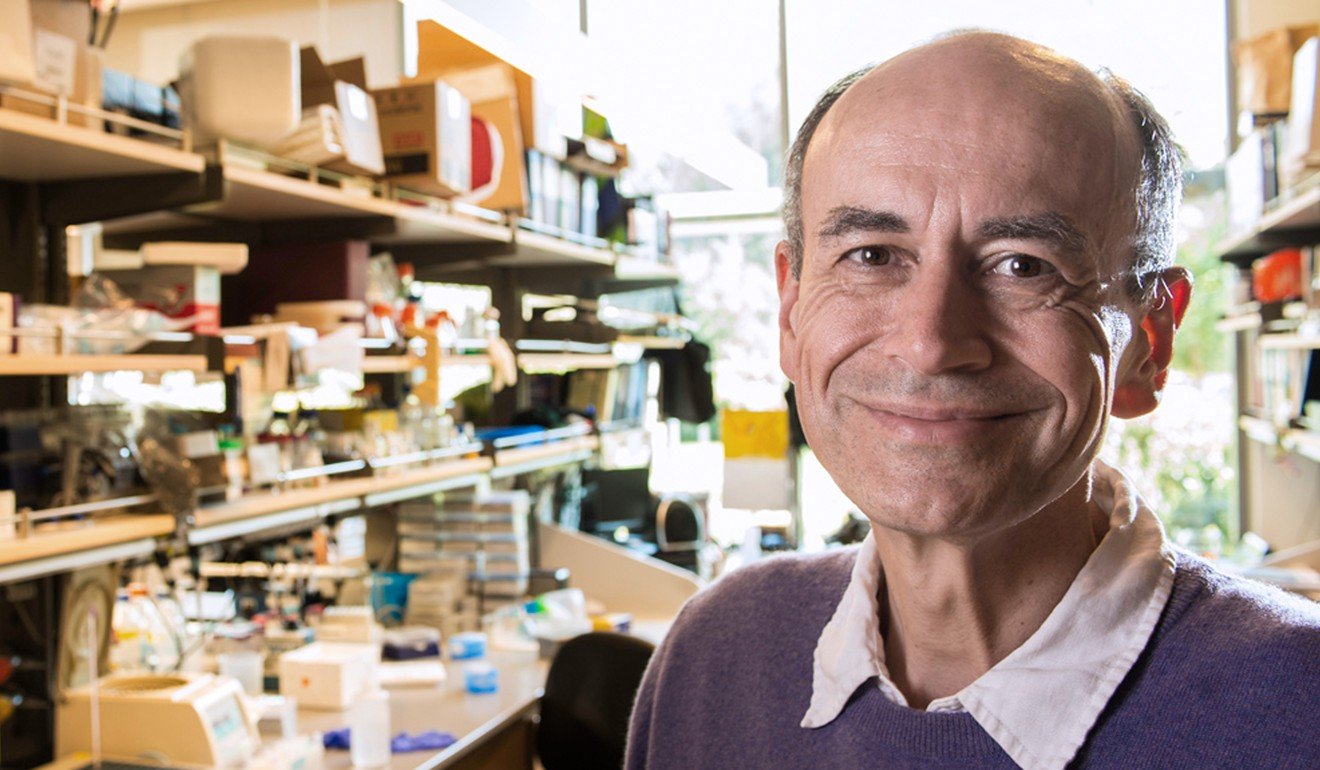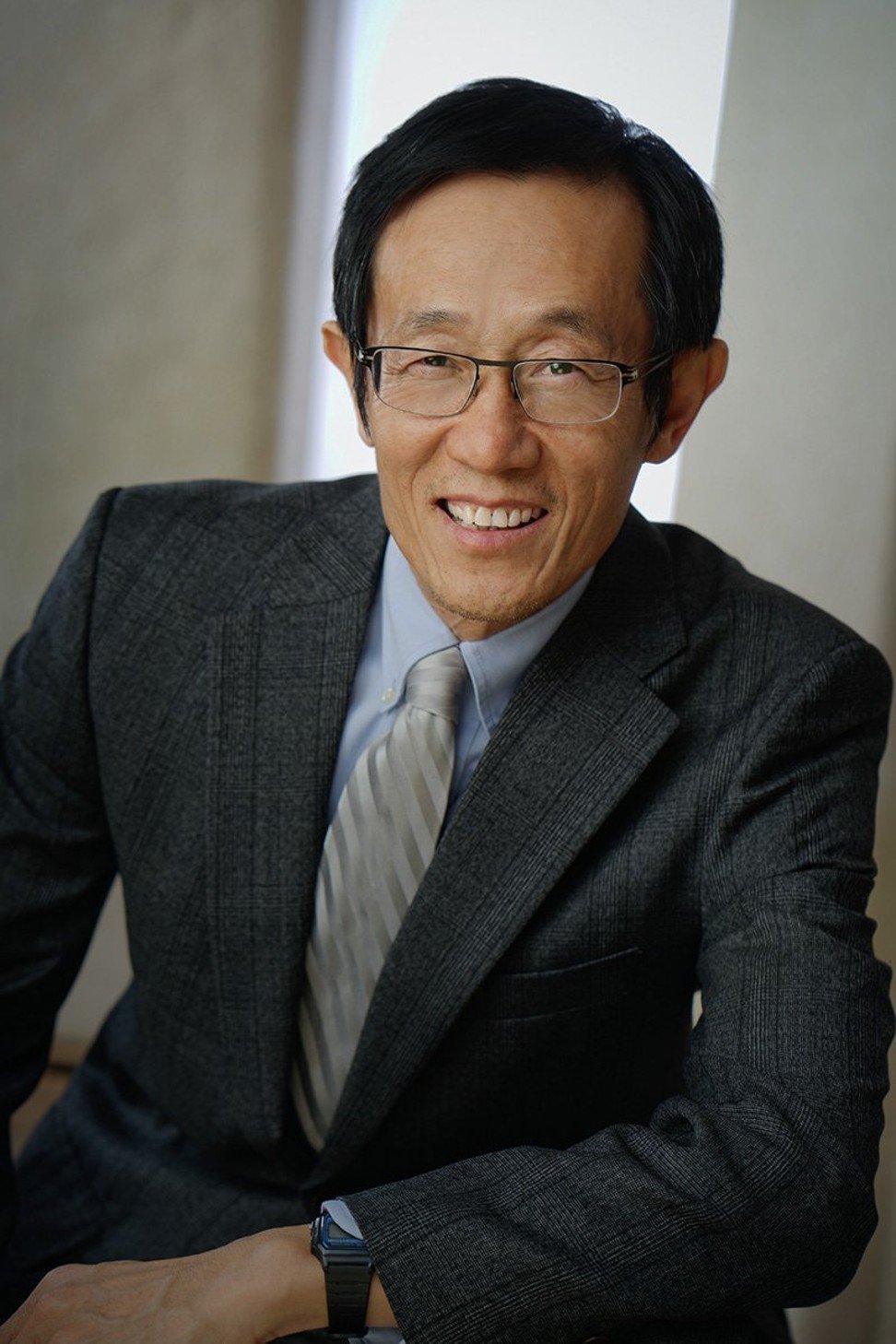
Stem-cell therapy: three ways it is relieving human conditions, and the promise of more treatments to save and prolong lives
China’s stem cell market was worth US$6.4 billion in 2016, and at a recent conference in Beijing industry heavyweights gave a glimpse of the future of regenerative medicine for everything from diabetes to autism
Stem cell therapies hold great promise for the treatment of various diseases which have dogged humanity for centuries.
A report released by US-based Grand View Research last year says the global stem cell market is expected to reach US$15.63 billion (107 billion yuan) by 2025.
Since the early 1960s, when Chinese embryologist Tong Dizhou cloned the world’s first fish, an Asian carp, through somatic cell nuclear transfer, China has slowly built up a stem cell research community.

According to the database of Boyalife, a Chinese company engaged in stem-cell research and therapy development, China’s stem cell market reached 43.9 billion yuan in 2016.
Late last month, the China Industry-University-Research Institute Collaboration Association and Cell Biological, a Chinese company in stem-cell therapy development, co-organised a conference in Beijing on stem-cell regenerative medicine to explore future trends in the industry.
The association’s goal, as a platform for multidisciplinary innovation, is to boost innovation and exchanges between academics and industry.
Can Hong Kong universities and experts work together under one roof?
Wang Taihua, chairman of Cell Biological and president of the Interventional Hospital of Shandong Red Cross Society, which specialises in treating diseases using stem cell therapies, says the company has developed stem cells which can help produce insulin, neural stem cells and other stem cells, a breakthrough.

“Stem cell technology has enjoyed stupendous growth over the past two decades,” he says. “It revolutionises the medical, preventive medicine and health and wellness industries. The international competition for developing stem cell technology has grown more intense. [Its growth] has become an important yardstick to measure the standard of a country’s life sciences and medical development.
“The Chinese government and President Xi Jinping have mentioned twice in reports the need to boost the stem-cell industry, which shows the importance of stem-cell research for society.”
Project using stem cells will look to find cure for Alzheimer’s disease
Wang highlights one area in which stem-cell therapy can be applied. “Stem cells have regenerative properties. They can boost and make changes to human organs, skin and hair. This is what is called anti-ageing in medicine.”
Also attending the conference was German-American biochemist Thomas Südhof, a Nobel laureate in medicine with Stanford University. He shared how he collaborates with Cell Biological in exploring how to use stem-cell technology to treat neurological diseases such as autism and dementia.

In an opinion piece in The Washington Post in January, 2017, Südhof wrote: “As we learn more about the brilliance of our bodies, we realise that few genes perform identifiable, single functions. Most genes are multi-tasking and participate in intricate networks. Their functions have to be understood before genes can be targeted for therapy. Without that knowledge, clinical trials risk more multibillion-dollar failures.”
At the conference, Südhof says scientists now have more understanding of the science of human genes and their sequence, especially the genes related to neurological diseases.
How Google Glass can teach autistic children to read emotions
“We want to analyse why human genes mutate suddenly,” he says.
His team discovered at least 61 genes closely related to autism. By understanding what went wrong with those genes, they can explore how to intervene to treat autism, he says.
“Autism brings a big personal, social and financial burden as it affects patients’ language and communication skills,” Südhof says.
Another speaker at the conference, Wang Rui, vice-president of research at Canada’s Laurentian University in Sudbury, Ontario, explains how hydrogen sulphide affects the human body in beneficial ways.

“In 1998, my then 10-year-old daughter brought painted Easter eggs from school. Some days later, her room was filled with a noxious smell. It was because one of the Easter eggs broke and began to rot, generating hydrogen sulphide. After that, I was intrigued by it and started research on it.”
In 2000, he and his colleagues cloned an enzyme known as CSE which synthesises hydrogen sulphide in blood vessels, dilating them and lowering blood pressure.
Hydrogen sulphide is produced from protein in gut bacteria and is the gas that produces odours when we break wind. Wang’s research area is in the small quantities of the gas produced around cells within the body. Too much, or too little, of the gas in specific cells could lead to abnormalities, which cause health problems.
“Many years ago, US academic magazine Science invited me to write an article on hydrogen sulphide. The title is about how a poisonous gas can save lives. It is indeed contradictory,” he says.

Wang explains that hydrogen sulphide helps prevent high blood pressure. Blood vessels dilate when hydrogen sulphide is released, causing blood to flow more smoothly and with less resistance. Conversely, insufficient hydrogen sulphide will restrict the blood vessel, which causes blood pressure to rise.
“Our body tissues, including those in the respiratory tract and central nervous system, will generate measurable amounts of hydrogen sulphide. If we control our diet, there will be more generation of hydrogen sulphide, especially ... in the lungs,” he says. The study of the gas can help in treating various diseases, he adds.

